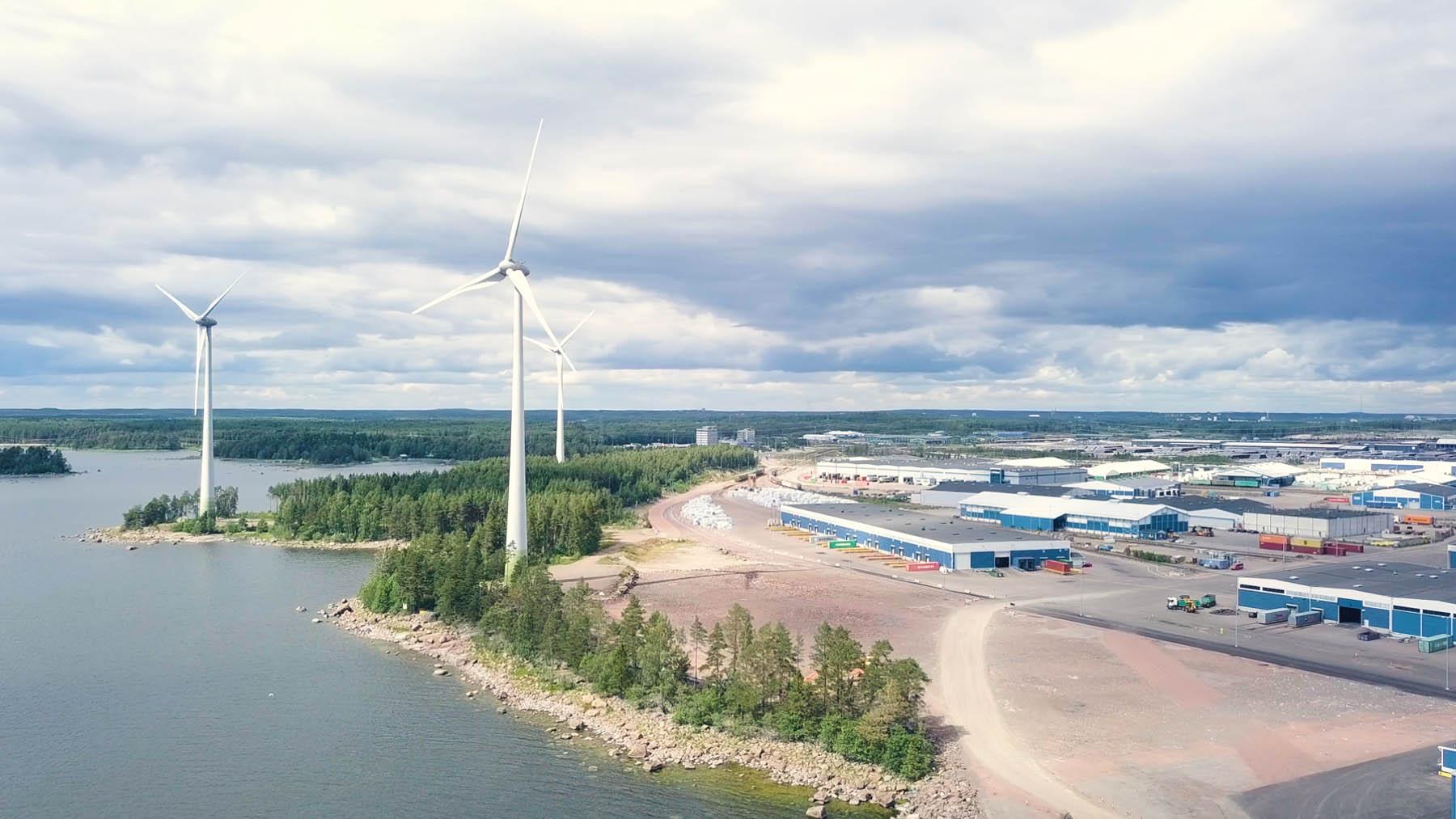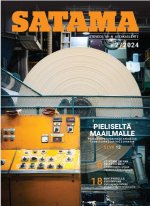Steveco aims high for lower emissions

The growing interest in the share of distribution chains and logistics in the CO2 emissions calculation of products is also reflected in Steveco's customer base. Steveco's emissions calibration and reporting are already at a good level, but decisive technological steps to reduce emissions are yet to be realised.
Finland's and EU climate goals challenges logistics companies.
“Sectors that have been working towards responsible operations for a long time, such as the forest industry, are already well aware of their own emissions output. Our customers are shifting their focus from their own to other emissions in the supply chain, such as subcontractors and logistics. Green logistics aimed at minimising the environmental impact of logistics is what many of our customers expect today,” says Erkko Saarinen, Steveco's Sustainability and Development Manager.
At Steveco, this is reflected in customers’ growing interest in reporting emissions. Development Director Heikki Jääskeläinen believes that customer demand for greater accuracy and goal-setting will increase even more in the future.
“Our emissions are intrinsic to their emissions. That is why we are expected to have a clear understanding and action plan on how to develop a sense of responsibility and reduce logistics emissions,” he explains.
Comprehensive and accurate emissions data
Steveco's own emissions have been meticulously investigated. Last year, the Group introduced Envare Solutions' Ensio monitoring system which provides data in a visual and easily understandable format for calculating and monitoring emissions – both carbon dioxide and fine particulate matter.
“We know the current state pretty well and where our emissions come from. We also have an idea of what the realistic possibilities are for reducing them and how the goals can be achieved,” says Jääskeläinen.
“In addition to the current situation, the system gives us information on the effectiveness of emission reduction measures. It is extremely important for us to understand the efficacy of different measures so that we can make decisions that are both cost-effective and as impactful as possible,” Jääskeläinen emphasises.
Ensio's calculations and data are also used by Steveco's customers to calculate their own total emissions. Interest in reporting and recordkeeping is growing all the time.
Alternatives needed for energy consumption by work machines
At Steveco, by far the largest source of emissions, accounting for more than 60 per cent, is port machinery. The Group is actively exploring options to reduce their CO2 emissions.
“The most significant solution to reduce emissions would be to replace diesel with electricity or other renewable energy. However, there is currently no fuel alternative that is efficient enough, suitable for Finnish conditions, cost-effective and which meets our usability requirements,” Jääskeläinen states.
"Next summer, we will test the use of renewable diesel in designated machines and evaluate its cost-effectiveness potential for reducing emissions."
While waiting for new technological solutions, another way to reduce emissions is to gradually renew the fleet of about 350 machines. New machines consume less fuel than older ones.
"If, for example, the usability improvement gained by four new machines can replace six old ones, Ensio will be able to simulate the emissions reduction resulting from the investment and calculate its effectiveness,” says Jääskeläinen.
More energy-efficient property
Although the share of real estate in Steveco's emissions is smaller than that of work machines, efficiency measures are also being taken in that area. In 2017, Steveco joined the Energy Efficiency Agreement. For example, the company has redesigned warehouse lighting to use more energy-efficient LED lamps and improved heating systems for properties.
“Since most of our properties are located in ports, we are naturally interested in new heating and cooling solutions making use of seawater. So far, they are not yet advanced enough,” says Jääskeläinen.
Only impactful investments
Jääskeläinen and Saarinen both underscore that Steveco also wants to act responsibly in measures aimed at reducing emissions. Impressive efforts are not worthwhile if they have no real effect.
"When it comes to investments, we have to remember that we are talking about six-digit figures per machine, and the average service life is 10 years," Jääskeläinen points out.
“The way in which investments are made must also be done responsibly. The potential for propulsion is carefully calculated because we take the effectiveness of our investments seriously. At the same time, we must ensure that the services we provide are cost-effective and seamless. The price tag for emission reductions must be at a reasonable level for both us and our customers.”
"Responsibility is not just our spearhead, but part of the way we think and act."
Text: Annukka Ollitervo
Photo: Thomas Halloran
About Author

Satama
SATAMA is our customer magazine. it is published twice a year in Finnish.
